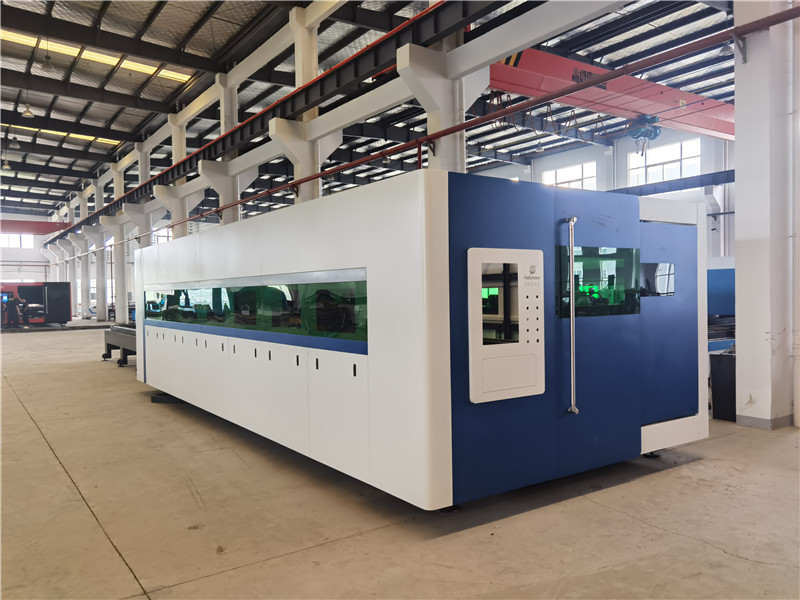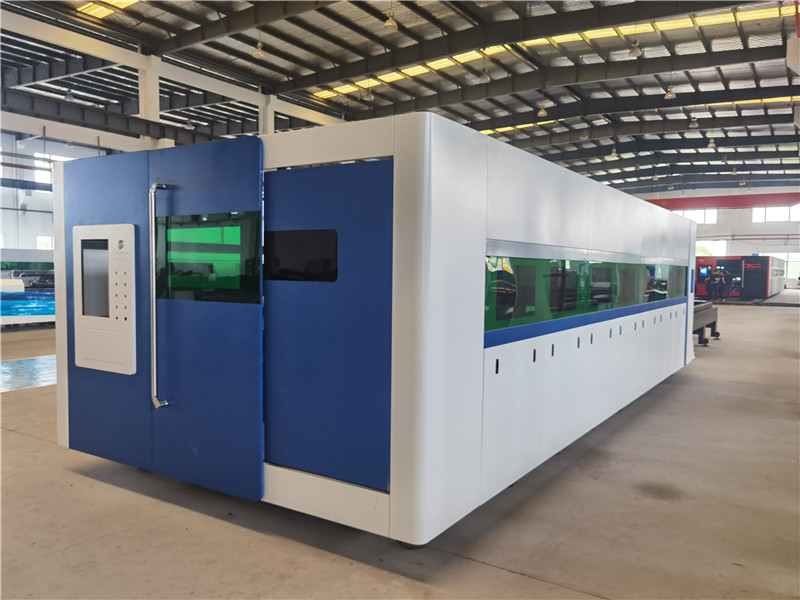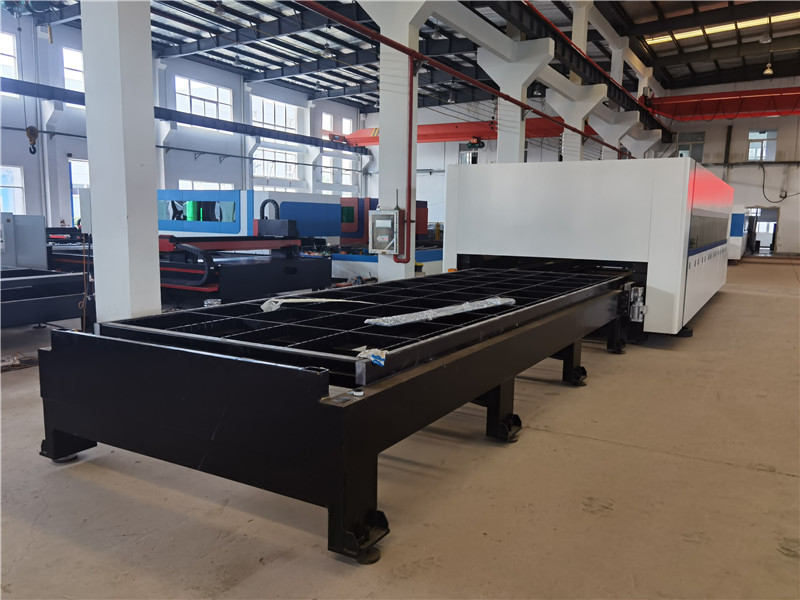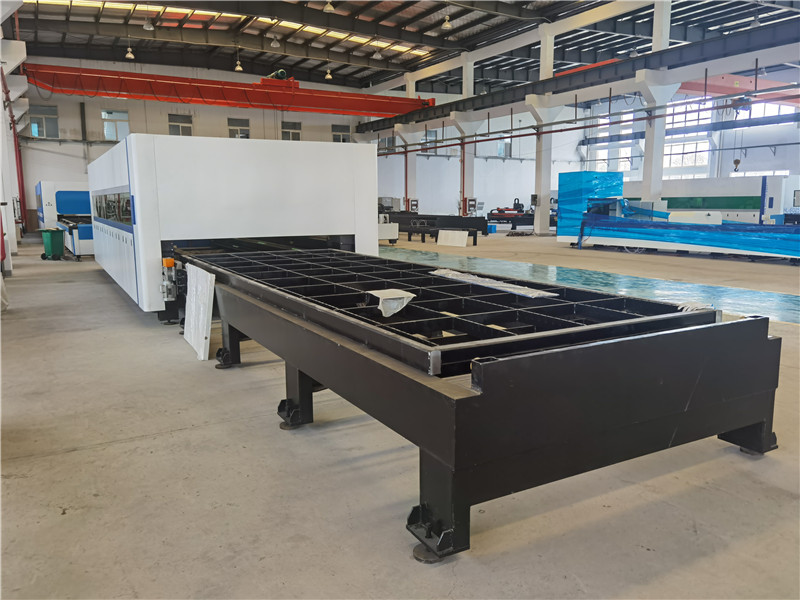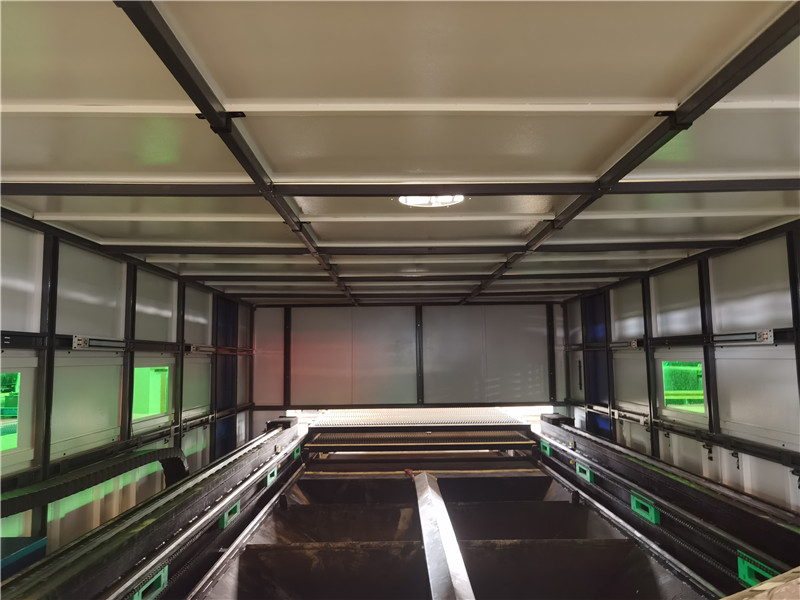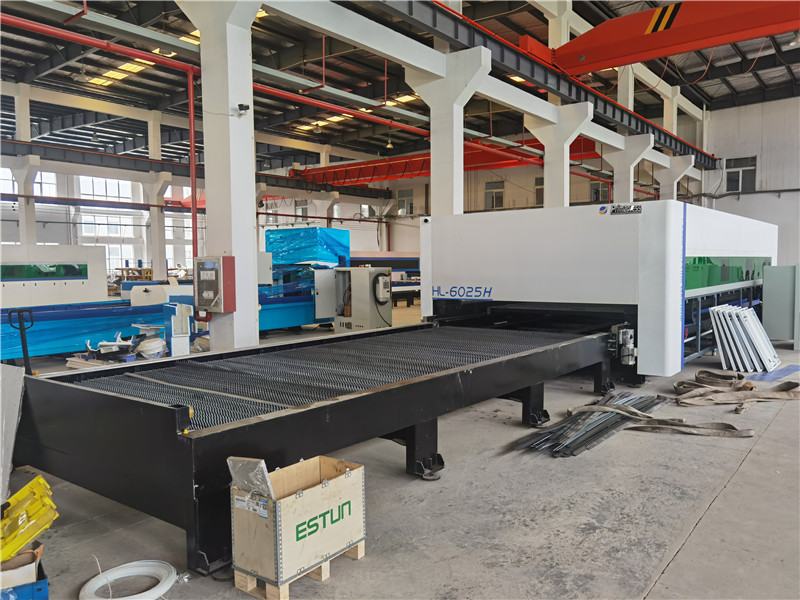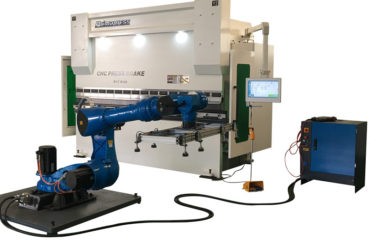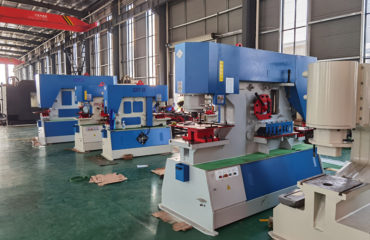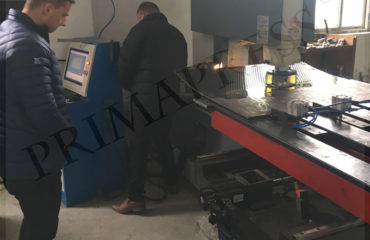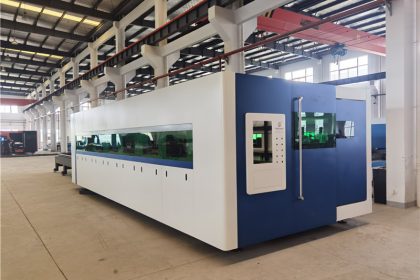
What are the key process parameters of high-power metal fiber laser cutting?
High-power metal fiber laser cutting technology is a composite advanced manufacturing technology that integrates laser optics, electronics, machinery, technology and materials. The metal fiber laser cutting process is complex and has many influencing factors, including laser output power, cutting speed, defocusing amount, and cutting material properties. If the process parameters are not selected properly, the cutting quality will be greatly affected, such as rough cutting surface, nicks on the section, or adhesion of slag on the back.
high-power metal fiber laser cutting machine Cutting speed
The cutting speed is generally selected at a lower value within the upper and lower limits of the speed. If the speed is too large or too small, it will affect the cutting quality and cause dross or even incomplete cutting.
When the cutting speed is too low, the laser energy density is too large, and the heat-affected zone becomes larger, which will result in increased dross and wide and rough cutting seams. When the cutting speed is too high, the laser energy density is low, and it may not cut through.
The verticality of the cut and the height of the slag are the most sensitive to speed parameters, followed by the width of the cut and the surface roughness.
Operations that can increase the cutting speed include:
- Increase power
- Change the beam mode
- Reduce the focus spot size (if a short focal length lens is used)
high-power metal fiber laser cutting machine Focus position
After the laser beam is focused, the spot size is proportional to the length of the lens. After the beam is focused by the short focal length lens, the spot size is very small, and the power density at the focal point is very high, which is very beneficial for material cutting; but its disadvantage is that the focal depth is very short and the adjustment margin is small. It is generally suitable for high-speed cutting Thin material. For thick workpieces, since the long focal length lens has a wider focal depth, as long as it has sufficient power density, it is more suitable for cutting it. Due to the highest power density at the focal point, in most cases, the focal point is just at the surface of the workpiece or slightly below the surface of the workpiece when cutting. Ensuring that the relative position of the focus and the workpiece is constant is an important condition for obtaining stable cutting quality. Sometimes the lens is heated due to poor cooling during operation, which causes the focal length to change, which requires timely adjustment of the focus position.
high-power metal fiber laser cutting machine Auxiliary gas
Metal fiber laser cutting will generate a lot of heat. When such a high heat is concentrated, it will burn the material at the cutting site and cause an oxidation reaction, and it is also easy to deform the workpiece. Therefore, some auxiliary gases need to be added, and the commonly used ones are generally oxygen, air, and nitrogen.
The auxiliary gas is sprayed coaxially with the laser beam to protect the lens from pollution and blow away the molten slag at the bottom of the cutting area. For non-metallic and some metal materials, compressed air or inert gas is used to remove melted and evaporated materials, while suppressing excessive cutting area combustion.
high-power metal fiber laser cutting machine Auxiliary gas pressure
When metal fiber laser cutting, the gas and the focused laser beam are shot to the material to be cut through the nozzle. Thereby forming an air stream. The basic requirement for air flow is that the air flow into the incision should be large and the speed should be high, so that there is enough oxidation to make the incision material fully carry out the exothermic reaction, and at the same time, there is enough momentum to spray the molten material out.
Most metal-to-metal fiber laser cutting uses reactive gas (oxygen) to form an oxidative exothermic reaction with hot metal. This additional heat can increase the cutting speed by 1/3 to 1/2.
When cutting thin plates at high speed, higher gas pressure is required to prevent the back of the incision from being slagged. When the material thickness or cutting speed is slow, the gas pressure can be appropriately reduced.
high-power metal fiber laser cutting machine Laser output power
The size of the laser power has a considerable impact on the cutting speed, slit width, cutting thickness and cutting quality. The required power of the metal fiber laser cutting machine is determined by the characteristics of the material and the cutting mechanism. Ideal cutting The speed will make the cutting surface show a relatively smooth line, and the lower part of the material will not show slag. In actual operation, the maximum power is often set to obtain a high cutting speed or to cut thick materials.
